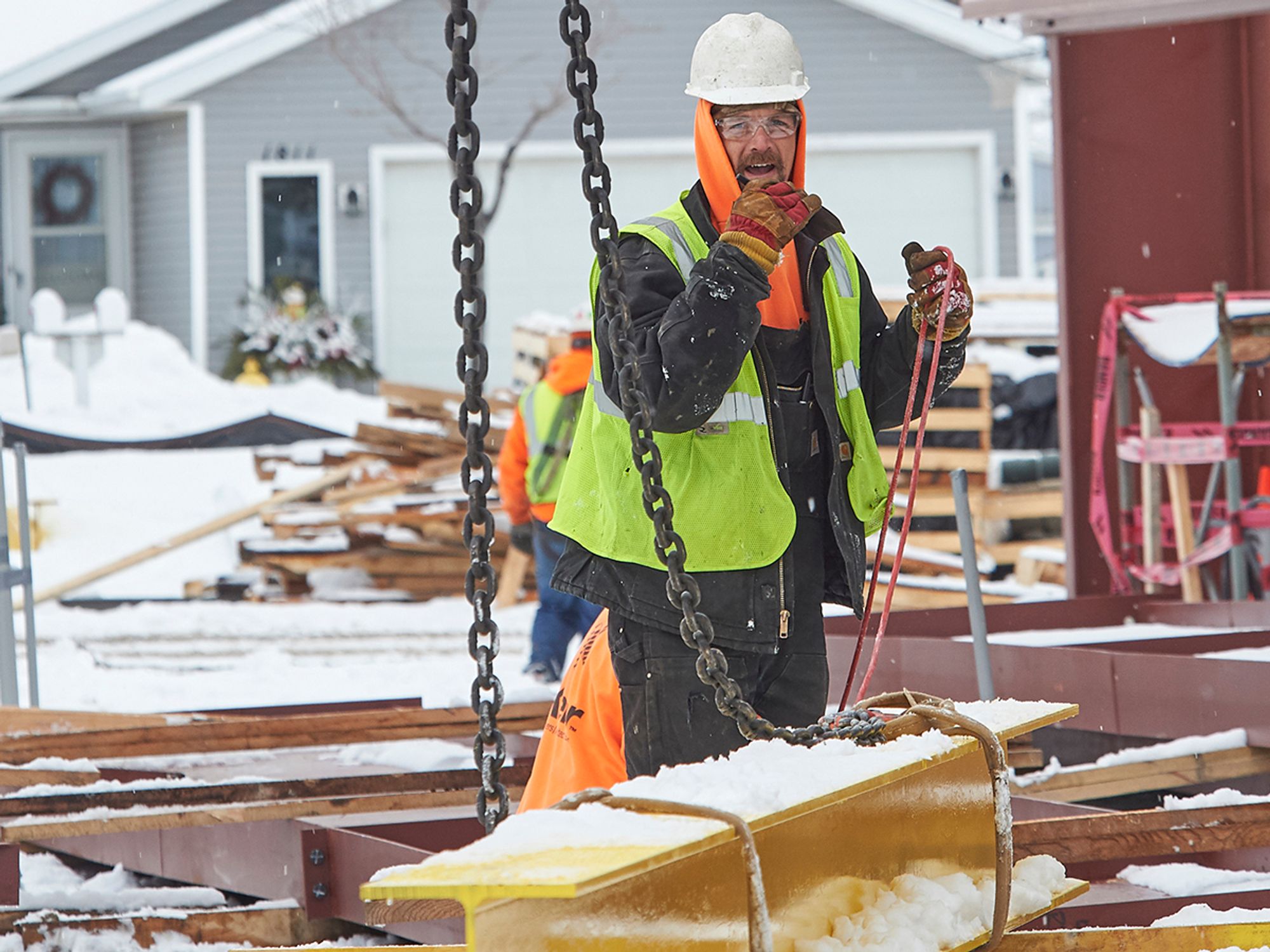InstituteHeat and Cold ExposureCold StressUSAExtreme Temperature PreparationHeat and Cold ExposureEnglishAnalysisFocus AreaIn Depth (Level 3)
What are the requirements for employers?
['Heat and Cold Exposure']

- Employers are required to provide engineering controls, use safe work practices, and give workers frequent breaks in warm areas.
- Employers must also train workers in the practices and knowledge they need to stay safe in the cold.
Employers should:
- Provide engineering controls. For example, radiant heaters may be used to warm workers in outdoor security stations. If possible, shield work areas from drafts or wind to reduce wind chill.
- Use safe work practices. It is easy to become dehydrated in cold weather. Employers can provide plenty of warm sweetened liquids to workers. If possible, employers can schedule heavy work during the warmer part of the day. Employers can assign workers to tasks in pairs (buddy system), so that they can monitor each other for signs of cold stress. Workers can be allowed to interrupt their work, if they are extremely uncomfortable.
- Give workers frequent breaks in warm areas. Acclimatize new workers and those returning after time away from work, by gradually increasing their workload, and allowing more frequent breaks in warm areas, as they build up a tolerance for working in the cold environment.
Training
Employers are also responsible for training workers in preventing, recognizing, and responding to cold stress. At a minimum, this training should include:
- Preventing cold-related injuries and illnesses;
- Dressing for cold, wet, and windy conditions;
- Recognizing the symptoms of cold stress;
- Monitoring oneself and others for symptoms;
- Performing first aid and calling for medical assistance; and
- Recognizing and staying safe from other potential winter-related hazards, such as icy surfaces and downed power lines.
